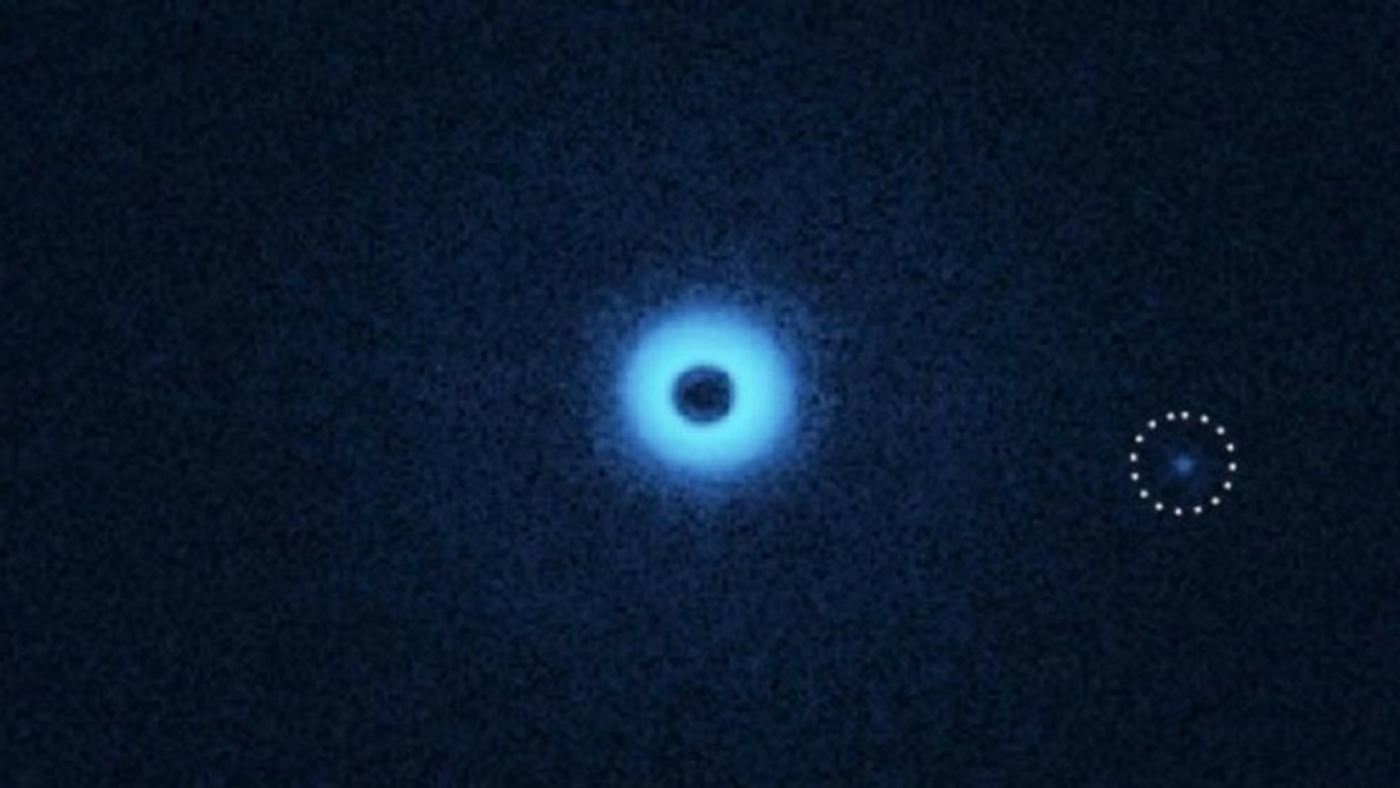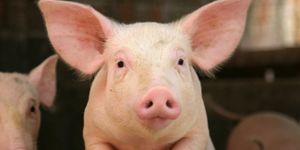Brown Dwarfs, the Celestial Ambiguity
The Most Mysterious Object in the Universe (Physics Girl)
To astronomers, the status of brown dwarf has been quite ambiguous. They shared a lot of similarity with their star siblings, made of gas mainly hydrogen. On the other hand, brown dwarfs are often mistaken for planets because of their sizes and atmospheric component. This fail-to-launch celestial lackie seems to have experienced difficulty when transitioning into adulthood/starhood. Therefore they are considered the failed stars.
Unlike the stars in the main-sequence, brown dwarfs are less massive and therefore unable to sustain nuclear fusion in their cores. (Main sequence refers to a band of stars with distinctive color versus brightness ratio.) However, scientists suspected that these lighter, substellar objects can fuse deuterium (2H) and to fuse lithium (7Li) if their mass is above a certain threshold.
The existence of brown dwarfs was not officially confirmed until 1995, according to NASA. But because of their resemblance to either planets or stars, they often confused for both. In an attempt to redefine the concept of a “planet”, a paper published earlier this year also created a new criteria to judge if an object belongs to the category of brown dwarf or not in reference to the mass of Jupiter: “Bodies smaller than 10 Jupiter masses are planets, larger than 90 Jupiter masses are stars, and in between are brown dwarfs that share properties similar to both.”
Related reading: brown dwarfs out of the family of planets
When trying to explore a low-mass, binary system called CS Cha located in the small southern constellation of Chamaeleon, an astrophysics team led by Christian Ginski of Leiden Observatory stumbled upon, quite possibly, the birth of a brown dwarf.
CS Cha is a young star system that's no more than 3 million years old. With the Spectro-Polarimetric High-contrast Exoplanet Research (SPHERE) instrument, part of the European Southern Observatory's Very Large Telescope (VLT) in Chile, the Dutch researchers were expecting to find a disc of gas and dust surrounding CS Cha. This type of protoplanetary materials would eventually lead to the formation of planets.
Instead, they noticed in the photographs a small dot around the star. Scientists have not been able to confirm exactly what the companion (the dot) is. It could be a brown dwarf or a young gas giant in the beginning stages of development.
The researchers also noticed that the companion is surrounded by its own dust disk, which blocks a large part of the light. This made it difficult for the scientists to accurately estimate the mass of the companion. Even though the odds of a brown dwarf orbiting solar-type stars are tiny, the Dutch research team did not exclude the possibility that is what the dot is.
The team’s paper is scheduled to be published in Astronomy & Astrophysics.









